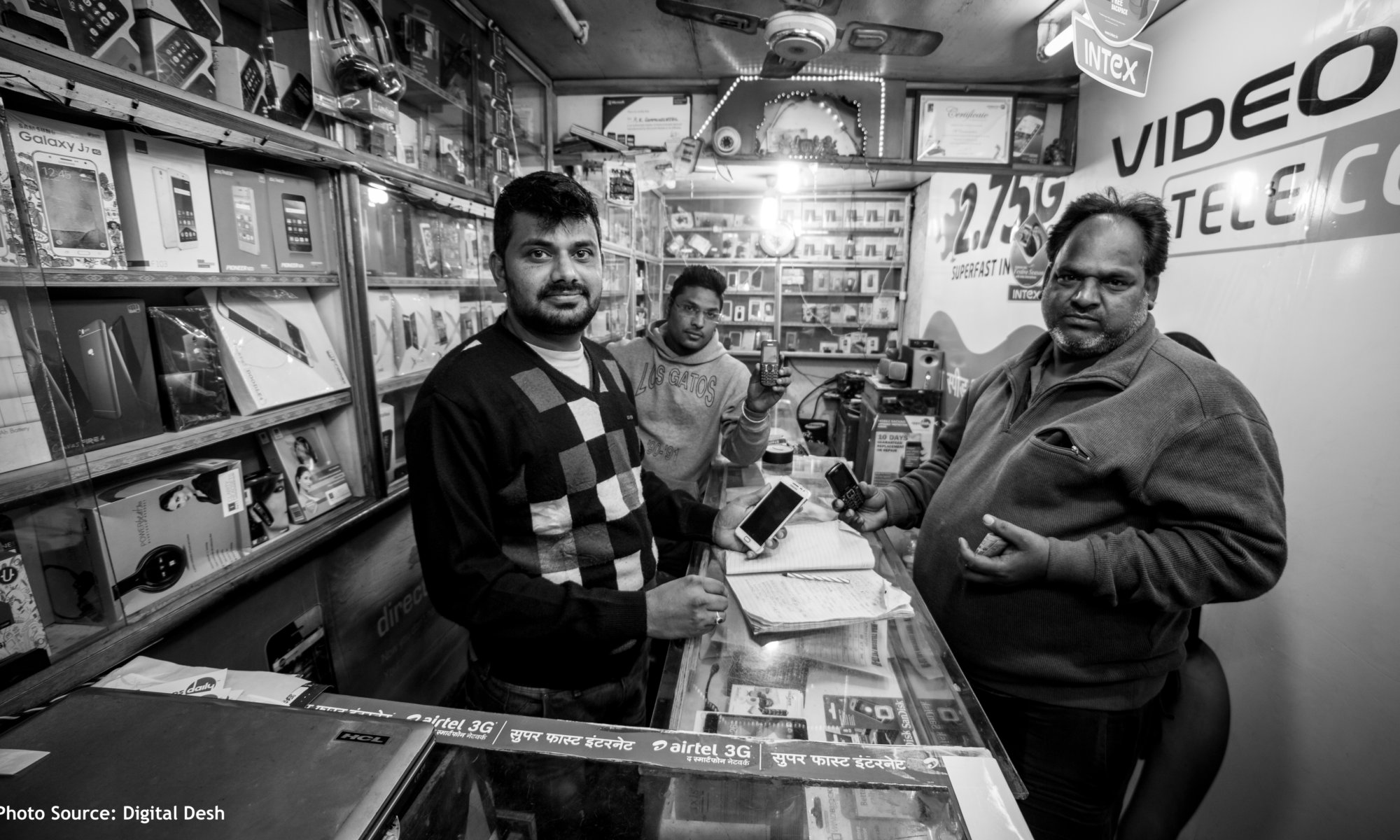Wednesday’s Supreme Court judgment has upheld not just the constitutionality of Aadhaar but also our right to identity. It also recognises Aadhaar as a tool that fulfils that right. While the founding principles of Aadhaar — privacy and inclusion —were upheld, a few provisions of the Aadhaar Act, including Section 57, were struck down.
Section 57 was an enabling provision for Aadhaar’s use in many contexts. The portion of the section that enables “body corporates and individuals to seek authentication under force of contract” has been declared unconstitutional.
As a result, some quarters are concerned that the use of Aadhaar by private firms has been completely prohibited. These concerns are largely unfounded.
The striking down of Section 57 must not be read in isolation. The majority judgment recognises the purposes of identification in other contexts. Section 2(u), when read with Section 8, provides a clear path for Aadhaar authentication and eKYC (know your customer) by regulated private entities. Para 367 explicitly states that a citizen may voluntarily offer her Aadhaar card to anyone as proof of identity.
To put it simply: private entities can request for Aadhaar authentication from an individual on a voluntary basis when backed by law.
Furthermore, Government of India (GoI) has confirmed this view that the use of Aadhaar authentication by private entities, when ‘backed by law’, will be permitted and, if required, ‘corrective measures’ will be taken to ensure the same. Given the permissive provisions of the judgment and GoI’s progressive stance, the IndiaStack ecosystem should continue to thrive with Aadhaar and the upcoming Data Protection Bill as strong foundations.
This is important as the private sector spans every industry and accounts for over six crore jobs. Many of these sectors require ID verification by law, and, of late, have used Aadhaar eKYC to dramatically reduce the cost of onboarding and servicing customers — thus enabling them to serve the previously underserved.
This is Aadhaar’s inclusiveness potential at work in the private sector.
So, where does the industry go from here? Many regulated use cases will find that they are backed by laws like the Prevention of Money Laundering Act (PMLA), the Securities and Exchange Board of India (SEBI) Act, and the Information Technology Act.
But the regulators must review the regulations, and ensure they contain adequate justifications so that they can pass the proportionality test.
The judgment has placed the individual at the centre. India Inc will have to pay special attention to getting informed consent. This will strengthen the trust between them and users. Industry must review their products — giving people more ways to prove their identity. They must also improve their protocols to handle authentication failures and other exceptions. These measures will allow the industry to conform to the judgment while improving products and services.
The laws and regulations pertaining to Aadhaar and data protection are new and subject to constant evolution.
The development of rules and regulations for this ecosystem must comply with the Supreme Court judgment, protect user privacy, and reduce the cost of serving the customer. These rules of the game will let companies know how to behave, and users know what to expect. This can only happen through new institutions.
Twenty-first-century technology platforms can’t be built with the support of old-school trade body structures. It needs a new kind of industry body, one built by new-age players, and is responsible and nimble enough to facilitate the twin goals of regulatory compliance and constant innovation. It is time the new-age technology platforms that are at the forefront of India Stack adoption take on this mantle and build an ecosystem that unlocks the full potential of our economy while respecting the law of the land, and protecting the rights of every Indian.
Please note: The article was first published on The Economic Times (https://blogs.economictimes.indiatimes.com/et-commentary/make-it-id-of-choice-for-your-users/)



